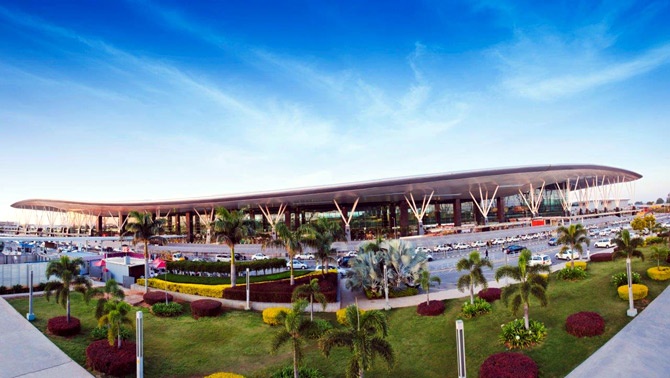India is grappling with the issue of water scarcity and with limited freshwater availability and increasing demand; there is a need to look for alternatives. Treated wastewater provides such an opportunity which is like killing two birds with one stone.
The urban population in India generates nearly 62000 MLD (million liters per day) of wastewater of which the country has a capacity to treat only 37.5% (23277 MLD) of the total wastewater generated. There exist about 816 sewage treatment plants (STPs) that are either installed or proposed (CPCB 2015) while the remaining amount is directly discharged either into the rivers or on land which seeps down to contaminate the groundwater. Therefore, tapping the wastewater and treating it adequately could help enhance the water security and lowering of freshwater withdrawals for meeting the rising demands on one hand and diminishing pollution on the other hand.
Wastewater is a big menace in terms of pollution, diseases, low aesthetic value which needs urgent attention. There are a number of challenges for using wastewater as a resource. There is a need for improving the sewerage network coverage from households to the sewage treatment plants (STPs). Almost 50% households in rural areas do not have a drainage network while for urban areas there are about 12.5% of households which still lack a drainage system. At STPs, there are another set of challenges like availability of appropriate technologies, skilled manpower for operation and financial investment. Often because of these challenges, most of the STPs work either under or over capacity.
After treatment of wastewater, the biggest challenge comes in terms of social acceptability of using the treated wastewater. At some
Ministry of Power, Government of India, in its tariff policy 2016 mandates the use of treated STP water for the thermal power plants (TPPs) located in the 50 km radius of the STPs. As on December 2018,
Good Examples of wastewater use
Pandesara Industrial Estate in Surat is also using treated wastewater from municipal corporation/utility. Bengaluru airport is another exemplary case, situated in
The power utility of Maharashtra-MAHAGENCO also came into an agreement with Nagpur Municipal Corporation, to procure about 190 MLD of STP water for use in Koradi and Khaparkheda thermal power stations. Further, NTPC has also agreed to procure 150 MLD of STP water for Mouda thermal power station.
The Government of Punjab through its Department of Soil and Water Conservation is implementing a scheme “Utilizing Treated Water for Irrigation from Sewerage Treatment Plants of the State” under which underground pipelines are being installed from STPs of nearly 40 towns/cities to the irrigation fields.
These examples clearly showcase the scope of wastewater use in various sectors and also highlight that inter-sectoral reuse of wastewater can to some extent address the issue of water scarcity and reduce pollution apart from the other solutions of water conservation.
Similarly, the other challenges listed could be addressed through solutions like decentralized wastewater treatment systems which are easy on finances, infrastructure, and skilled manpower. Also treating wastewater as a resource opens up
Wastewater treatment is one of the focuses of some of the key flagship programs of the Government of India like Namami Gange and Smart City Mission.
Now, there is a need to push for the reuse of treated wastewater with stronger policy decisions and both Central as well as State governments have to coordinate to develop a roadmap for wastewater reuse at a larger scale. The overall objective for wastewater treatment should be to maximize benefits with minimum risks in re-use and to help country tide over the situation of water stress.














